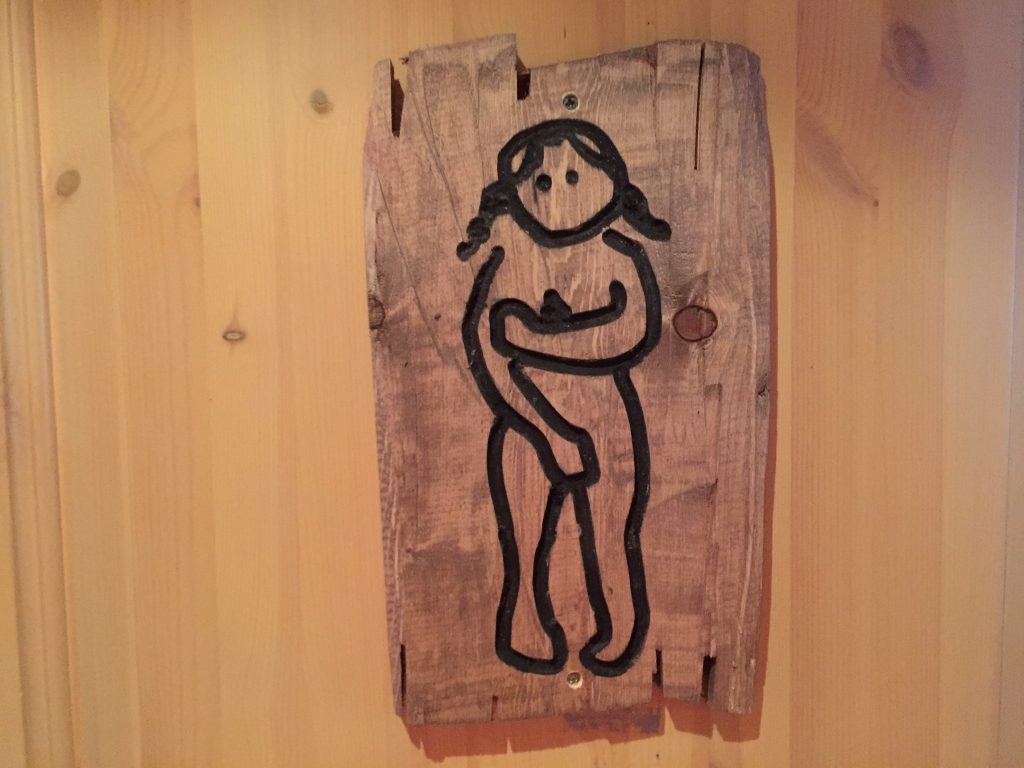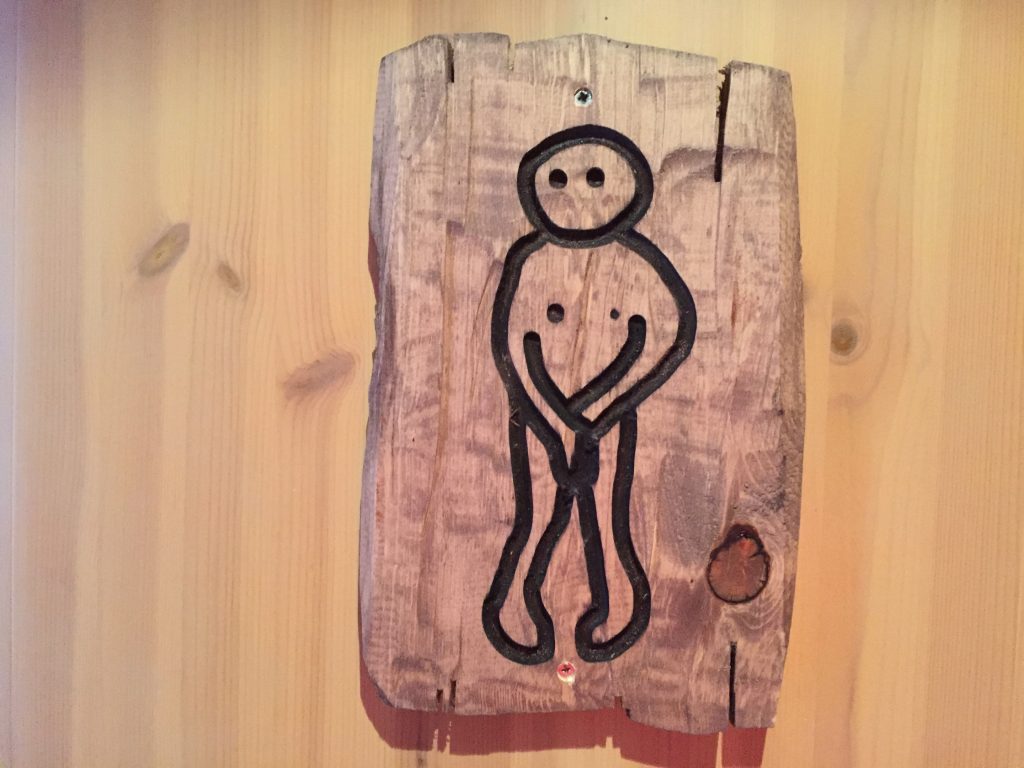“Cut these words and they would bleed; they are vascular and alive.”
-Ralph Waldo Emerson, from “Montaigne, or the Skeptic,” Representative Men: Seven Lectures (1850)
A couple of years ago my friend Tony, a retired colleague, mentioned a singer and songwriter, Greg Brown, who he thought I would be interested to know. Tony told me that in “Two Little Feet” Brown sings of a writer I began reading in my late teens, John Muir. When I followed up on his suggestion, I heard Brown singing these words:
John Muir walked away into the mountains
In his old overcoat a crust of bread in his pocket
We have no knowledge and so we have stuff and
Stuff with no knowledge is never enough to get you there
It just won’t get you there
Then this fall a student coming to terms with the work of Gary Snyder titled one of her essays, Tumble us Like Scree. Well, I first thought, scree is the name for an unpredictable and shifting surface where I have spent a good deal of time and where I am quite comfortable. Because Anna included in her blog post an embedded link to You Tube I was able to locate the phrase in the lyrics of Greg Brown’s Two Little Feet:
Tumble us like scree let us holler out our freedom like a wolf across a valley like a kid lost in a game
No time no name gonna miss that plane again
We were reading Gary Snyder’s 1974 book Turtle Island. Anna started by saying that “the distinction between the ‘natural’ and ‘human’ worlds is complex.” She then added, “It is often completely accepted that humans exist above the rest of the world. People do not question the hierarchy of being. Gary Snyder’s book, Turtle Island, addresses that distinction as one that is a complete social construct.”
So far so good, I most likely thought to myself. For one of organizing ideas in Turtle Island is that we are a part of the natural world. “We are it— / it sings through us” is Snyder’s way of explanation in lines from the poem “By Frazier Creek Falls.” Nature is not a place we visit. It is home. What Anna noticed was that he exemplifies this message in The Bath, a poem that she describes as “a description of an inherent, instinctive act that spans species–bathing.” She adds, “Most animals bathe their young, and that is exactly what this family is doing. He and his wife are cleaning their son, taking care of him in the most primal of ways.”
Already anticipating Snyder’s essays in The Practice of the Wild that we would read together later in the semester, Anna pointed out that “Snyder always comes back to the body.” This is because, she writes, “the body is the best way to see that humans are natural. Our discomfort with sex, nakedness, and our general relationships with our bodies come from this idea that we are somehow removed from the natural world. A body is a constant, physical reminder that we are a part of the rest of the earth.” Even better, I most likely thought as I read these words.
But then the essay gets really interesting. The full post lives on Anna’s blog. But I will quote from it here as I am not sure that her course blog will remain active once she moves on from college:
In the poem “The Bath,” the fifth stanza reads,
Or me within her,
Or him emerging,
this is our body
These lines are so simple, and yet they encompass a human being’s physical relationship with the world and with her own body. These three lines–the act of sex, the birth of a child, the acceptance of a physical place in the universe–are incredibly written. The simplicity of Snyder’s writing is an insightful nod to the obviousness of our relationship with our earth and all the rest who live here. He can make a hugely profound statement just with three lines. It is the circle of life shown through the female body. It is two bodies becoming one and creating another. This is one of the most natural actions that exists–reproduction as a connection between us and the rest of the world.
These are sensitive and insightful comments—the kind of comments that remind us why we read poems. She continues:
Snyder describes bathing his son, “through and around the globes and curves of his body.” I have to admit that when I first read this poem, all the vivid description of the body of the child and his mother definitely took me off guard and left me feeling uncomfortable. However, after talking over the poem in class and thinking a lot more about it, it has come to be one of my favorite poems in the book. I think that moving past that discomfort is the point of this writing. The only reason that this blatant description of naked bodies makes us uncomfortable is because of society’s collective decision that we are not animals. This delusion that we are not only so far removed from, but that we are better than the non-human world does not allow us to see ourselves for what we really are–animals with bodies. We stigmatize anything that connects us to nature, especially our own bodies.
In this series of disclosures is a lesson in self-awareness and recognition that leads to a deeper awareness: that the sexual language of the poem is in no way gratuitous but an essential part of a whole. The commentary continues:
The last stanza in this poem reads,
This is our body. Drawn up crosslegged by the flames
drinking icy water
hugging babies, kissing bellies,
Laughing on the Great Earth
Come out from the bath.
These last few words of Snyder’s writing tie up the poem with a blatant connection to the earth. In the first two lines of this stanza he combines a natural element with a human action. He writes of sitting next to a fire and consuming water. By making these active statements about fire and water, Snyder smoothly connects people with the earth itself. Then he moves on to more active statements, this time about human bodies. This transition makes it clear that there is no existential difference between us and the elements–we all exist in this world. He invites us to ‘come out’ and see what he sees.
The repetition of the question, “is this our body?” and of the answer “this is our body” echo Snyder’s commentary on our connections with our physicality. By repeating these lines throughout the physical description of the naked act of bathing, he addresses the fact that this poem is probably making the reader uncomfortable. He knows that it will, but by asking the question of whether or not this is our body, he draws the reader into the issue. Everyone who will ever read this poem will be able to connect with it on a physical level because we all have bodies. We are all made up of matter and atoms. We all exist in the same world no matter how much we may have convinced ourselves that we do not.
The most rewarding part of this pedagogical story is that the story does not stop here. For in the upper-level class I am teaching this semester I have the privilege to once again be working with Anna. And in a recent essay she returned to that moment when she was coming to terms with the poem “The Bath.”
She is retelling of the story of picking up Turtle Island as she is commenting on Snyder’s presence in The Practice of the Wild:
At first, it confused me. Before reading any of his essays, I delved into the poetry in his book of collected works, Turtle Island. His poem, The Bath, was my introduction to the voice of Gary Snyder.
Honestly, it was a little shocking. Because of how strong and strange of a reaction I had to reading it, I decided to write an essay on that very poem. I was so utterly confused about how I felt about the poem that I remember reading it aloud to one of my friends. She was not a fan. I reached the end of the second stanza, a line which reads, “the space between the thighs I reach through, cup her curving vulva arch and hold it from behind, soapy tickle,” and she told me to stop. I believe her exact response was something like, “that is some freaky shit.”
Well, it is some “freaky shit.” But the route from confusion and discomfort–from sharing to the description of the lines of the poem as “some freaky shit”–leads to another place:
The more I thought about his words and the distinct choice to include a vivid description of bodies, the more I realized that it was my own, personal bias that was creating this block between me and the poem. As I read it again and again, each time trying to distance myself from my gut reaction, the more I began to like the poem. I could hear Snyder talking and I came closer to understanding what he was saying. The key part of this poem is the line, “this is our body.” Throughout most of his writing, poems or prose, he is concerned with the divide between human beings and ‘nature’–our own nature, the idea of the ‘wild’ that we are so removed from.
The story might have ended here. But last week we discussed this piece of writing in a workshop on the essay in my upper-level seminar this semester. We were talking about writing on the open web, and I said that “open access to your writing can bring to the surface insights we might not otherwise see: for reading a writer thinking with (in this case, a poem) can help us move through the process of learning together.” One example of collaboration, I went on to say, is
Anna’s thinking in her post Connections. What I value are connections she is making, the chronicle of her developing understanding (of the writing of Gary Snyder), and her sharing this story in a draft version of her essay. Her essay makes visible for us dimensions of collaboration. In fact, when I read her piece, I found myself collaborating with her on what turned into the most recent Teacher Talk page post called The Generosity of Art.
And so here we are, in media res. I am writing about myself writing about a student who is writing about her own writing on the writing of Gary Snyder—and you are reading the words she has written, the words I have written about her words, and the writing about the words about words.
Where do we go from here?
Photo credits: Mark C. Long




Interesting and refreshing reading, makes me miss class! Its important to take steps back to explore our own feelings and to question why we respond the way we do, instead of going with our instant reactions. Weve been indoctrinated to react and judge certain ways, dissect that reaction; what serves me and what hinders me?
Hi, Miles, So good to hear from you. And I miss having you in class. I hope that you are doing well!